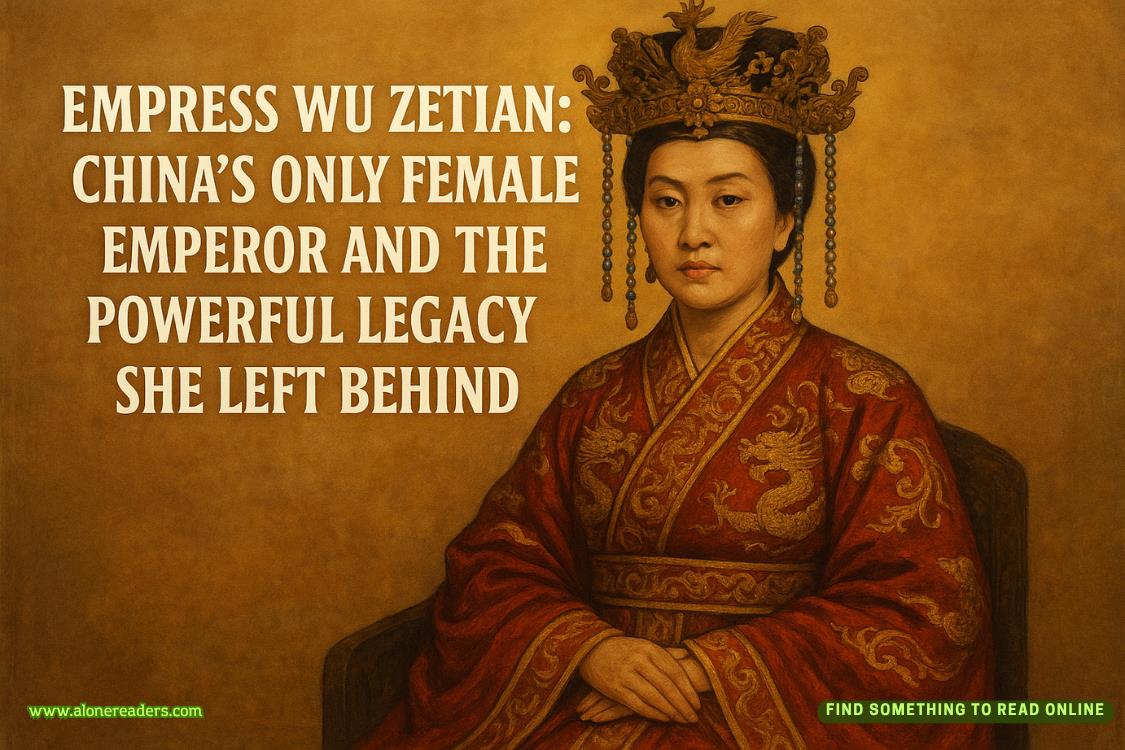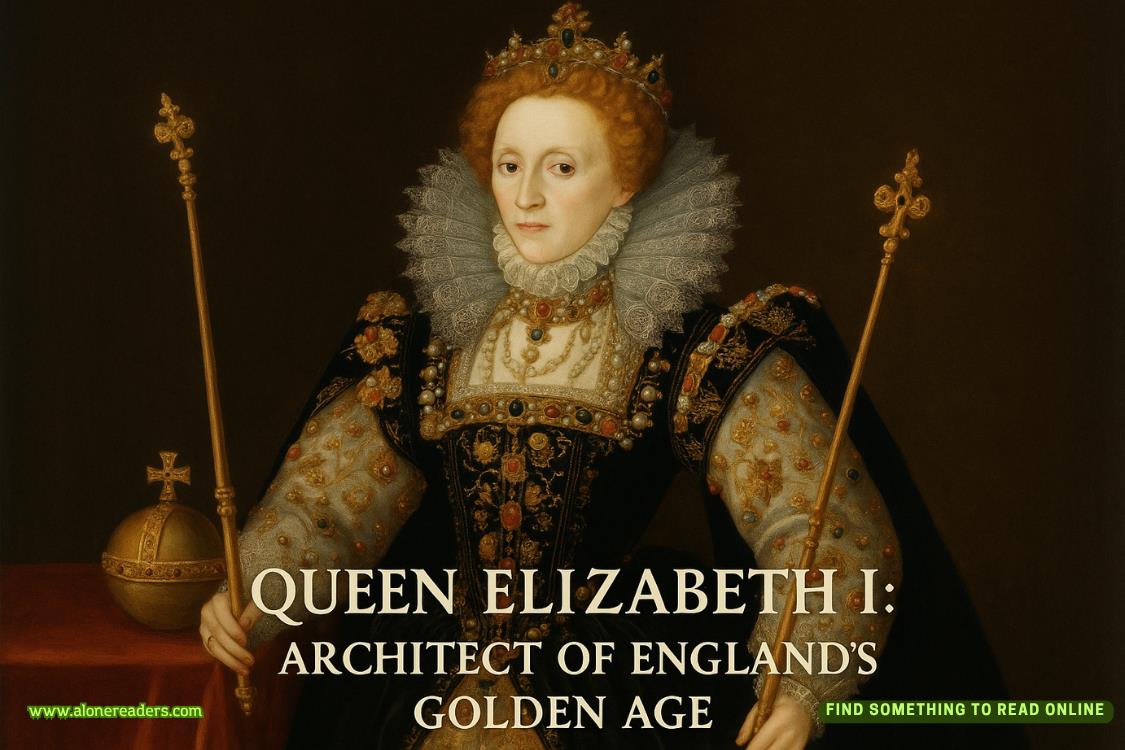Page 12 of Silent Past
"Anything that might tell us why someone would kill her and stage such an elaborate burial." Sheila watched the floor numbers light up. "People don't just wake up one morning and decide to wrap a body in ceremonial garments."
The elevator opened to a long hallway lined with office doors. Display cases filled with artifacts and photographs lined the walls—pottery shards, woven baskets, black and white images of archaeological digs. They found the department office halfway down.
A student worker looked up from her computer as they entered. Her eyes widened at their badges.
"We need to speak with someone about Dr. Tracy Mitchell," Sheila said.
"Oh." The student's face fell. "You should talk to Dr. Harrison. He's the department head." She reached for the phone, then hesitated. "Is it true? About Dr. M?"
"We're investigating her death," Sheila said gently. "Did you know her well?"
"She was my advisor." The student's voice cracked slightly. "She was helping me with my thesis on preservation techniques for ceremonial textiles. She was supposed to be in Colorado..."
Dr. James Harrison arrived before the student could continue. He was tall and thin, with wire-rimmed glasses and patches of gray at his temples. His tweed jacket had seen better days.
"Sheriff Stone?" He extended his hand. "Your reputation precedes you. Please, come to my office."
Harrison's office was cramped but organized, with floor-to-ceiling bookshelves and a window overlooking the campus quad. He cleared some papers from two chairs.
"This is devastating news," he said, sinking into his desk chair. "Tracy was one of our most respected researchers. Her work on indigenous burial practices was groundbreaking."
"That's actually what we'd like to discuss," Sheila said. "The way her body was arranged suggests someone familiar with those practices."
Harrison's eyebrows rose. "You think one of her colleagues...?"
"We're not excluding any possibilities," Finn said. "Could we see her office? Her current research?"
Harrison nodded slowly. "Of course. Though I should mention—some of her work involved sensitive cultural artifacts. The tribes she worked with trusted her implicitly."
"We'll be respectful," Sheila assured him.
Mitchell's office was at the end of the hall, a corner room with windows on two sides. Books and papers covered every surface. Maps of Utah's cave systems were pinned to one wall, marked with Post-it notes and red dots. The opposite wall held photographs of indigenous artifacts, carefully labeled and arranged in chronological order.
"This is exactly how she left it," Harrison said. "She was only supposed to be gone for a week."
Sheila moved to the desk while Finn examined the maps. A laptop sat closed beside a stack of academic journals. Papers were arranged in neat piles, each with its own color-coded tab. Even the pens in the holder were organized by color.
"She was methodical," Sheila observed.
"Absolutely." Harrison picked up a framed photo from a shelf—Mitchell at an archaeological dig, smiling at the camera. "Tracy documented everything. Every artifact, every interview, every site visit. She believed in preserving not just the objects, but their entire context."
Finn stood before the cave maps. "These recent?"
"Part of her new project." Harrison moved to join him. "She was documenting previously unknown ceremonial sites in the region's cave systems. She believed many traditional practices took place underground, away from prying eyes."
Sheila looked up sharply. "Did that include the ice caves?"
"I... I'm not sure." Harrison frowned. "Her notes would be on her laptop, but it's password protected. And she was very protective of site locations. Many of them are considered sacred by the tribes she worked with."
Moving around the desk, Sheila studied the papers more closely. Each stack seemed to represent a different aspect of Mitchell's research—carbon dating results, textile analysis reports, interview transcripts. But nothing immediately jumped out as relevant to their investigation.
A photo on the wall caught her attention—Mitchell with a group of tribal elders, all of them standing before the entrance to what looked like a cave. The caption read: "Documenting oral histories of the sacred spaces—Spring 2022."
"Did she ever mention feeling threatened?" Finn asked. "Anyone who might have objected to her work?"
Harrison shook his head. "She was remarkably good at building trust with the indigenous communities. She never published anything without their approval, never revealed site locations without permission." He paused. "Though..."
"Though what?" Sheila prompted.















